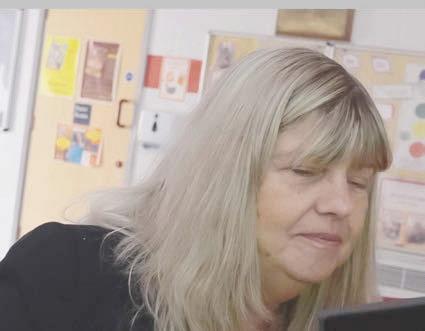
4 minute read
Kids with Chromebooks
from UK5G. Issue 11
The largest 5G standalone private network in Europe is Liverpool’s 5G Create project. Built to provide the NHS with dedicated coverage, it proved invaluable when schools shut and children had to learn from home. Jaine Pickering describes the transformation.
CONNECTIVITY GRANTS access to so many services that people consider integral to everyday life. Digital services linked to the public sector, leisure, learning and lifestyle co-exist alongside Internet of Things technologies.
Advertisement
The tech governs daily interactions, helping us book appointments, access services, and learn about health and wellbeing.
All of this requires ever more dependable connectivity and while we recognise these technologies in our leisure and gaming activities, increasingly they are present in community social care, health, and education services too.
Covid highlighted our dependence on digital solutions and the inequity around access and provision of affordable connectivity. As many services went exclusively online, the chasm between the digital haves and have nots widened.
Most of the analogue solutions that social care teams rely on to monitor patients will be turned off in 2025. The hunt is on for digital replacements with connectivity that supports high-level care while remaining affordable to financially stretched local authorities. This existing pull-through need, from adult social care, has merely been expedited by the pandemic.
The DCMS-funded project Liverpool 5G Create has prioritised the reduction of the digital divide and trialled usable “real world” solutions from its inception. Led by the University of Liverpool and managed by the city’s eHealth Cluster, the consortium’s unique blend of public and private sector organisations gives the team real insight into solutions that can realistically take the place of analogue in the brave new digital world.
Having built a private, public sector 5G network in Kensington, Liverpool, Liverpool 5G Create provides affordable connectivity to the community so it can use life-changing health, social care and education technologies as volunteers on the project.
The technologies being trialed in Kensington include remote monitoring devices, sensors and a sensory hug vest at Rowan Garth residential home, which gives residents remote hugs and a vibrating musical experience. The team has also connected GP surgeries, offering the bandwidth and speed to deliver wide-area network connectivity for secure delivery of digital clinical services. An anti-anxiety children’s game, on wearable devices, is supported by Phoenix Primary in Kensington, a 5G connected school.
During the pandemic the 5G network the team had built in Kensington was repurposed to provide connectivity for Phoenix Primary School. This gave children the connectivity they needed to be home-schooled, the benefits of which may still be being reaped in years to come as some children may otherwise have had no connectivity at home.
The relationship between Liverpool 5G and Phoenix Primary School has continued post pandemic. Children at the school are using the Chill Panda anti-anxiety game and wearable devices, supported by the 5G network, and the connectivity remains in place to support them with home-schooling and homework. The school worked with parents to ensure that their children didn’t fall behind.

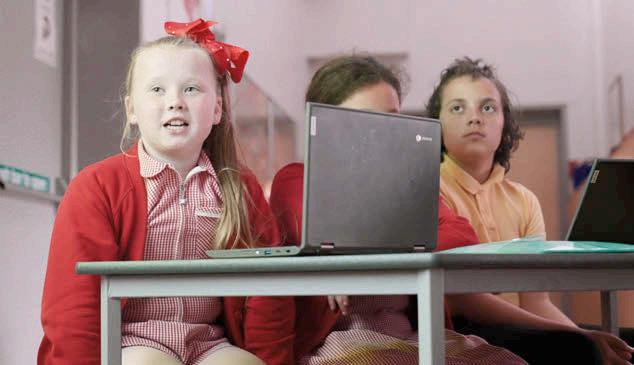
It’s well understood that privileged children, with access to computers and connectivity, fared very much better than those in deprived areas through the pandemic. Liverpool 5G levelled up. It didn’t seek to level up, or aspire to do it. It actually did it.
By providing cheap Chromebooks, with a pledge from parents that children would have access for education purposes and with connectivity through the Liverpool 5G network, children could continue to learn from home.

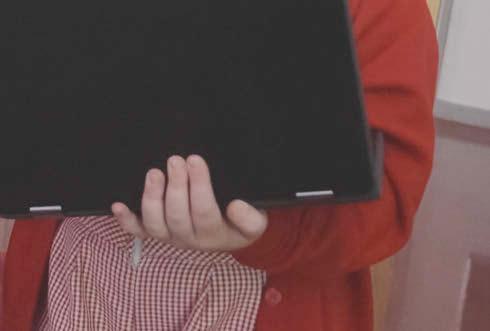
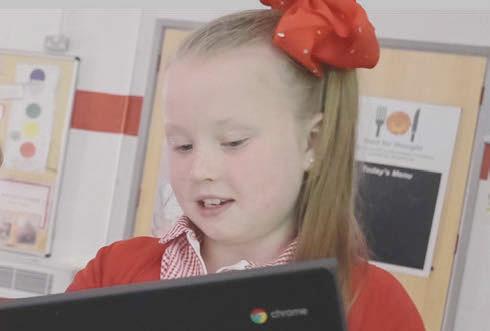
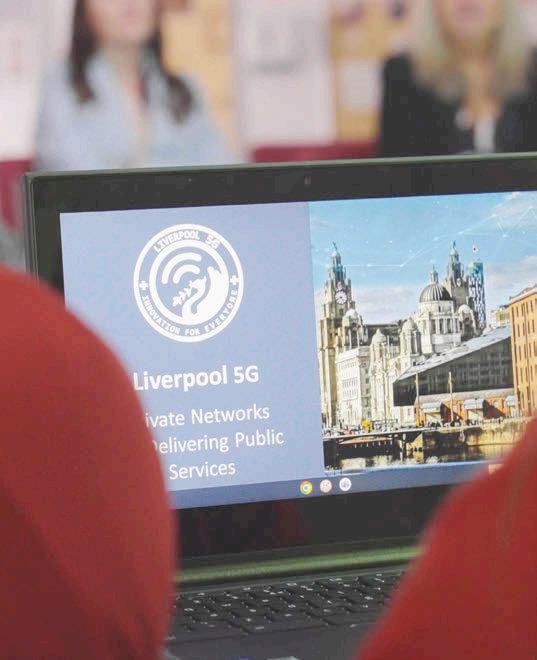
The headteacher estimated that 50 per cent of pupils did not have any form of connectivity at home. Sometimes from poor coverage, sometimes owing to the unaffordable cost of connectivity, and in some cases a prevalence of debt meaning parents were unable to get mobile and broadband contracts, with pay as you go being prohibitively expensive. Infrastructure companies are understandably loath to install a 5G network in an area where a good slice of the population cannot afford connectivity. This is 5G for social good.
The government’s investment in the Liverpool 5G Create network came into its own during the pandemic; the business case for long-term solutions offering affordable connectivity in the public sector space is evidenced well by the project. In the modern world, “what if” edge case scenarios really are better served by reliable, affordable connectivity, and who knows what the future holds? Everyday health, social care and education settings also benefit greatly from reliable and affordable solutions like the Liverpool 5G approach. Children need connectivity to learn, and the health and social care sector needs connectivity to remain agile, relevant and reactive.
As the country tries to regain its footing post pandemic, amid warnings of an economic downturn and further cuts to public services, we are faced with a dilemma… There are conflicting interests; digital solutions, proven to work and to save public money while providing good services (surely the holy grail), may not be prioritised for funding in the shorter term. There are existing services in place, so why invest in anything else, with an impending recession, even if those services won’t be fit for purpose soon?
However, failure to invest in digital options now will lead to greater deficits in the provision of digital services to social care, health and education in the longer term. The funding model, known as the Green Book, looks for a demonstratable return on investment. It’s hard to give a monetary figure to more children passing GCSEs as a result of providing the network. It’s impossible to do so within the eight-year window the Green Book stipulates.
Projects such as Liverpool 5G need early adopters, innovators and social reformers to see the great steps they have made in the area of public sector digital provision, and to vote with their feet. Funding these projects now ensures that lessons learned around affordable connectivity and community-led public sector solutions aren’t lost.
Jaine Pickering

Contributing Editor
Jaine Pickering is communications lead at Liverpool 5G Create and a freelance communications and business specialist in the science and technology sector. She has more than 20 years’ experience working in the private, public and charity sectors, delivering public relations, tailored communications, marketing and bid writing.










